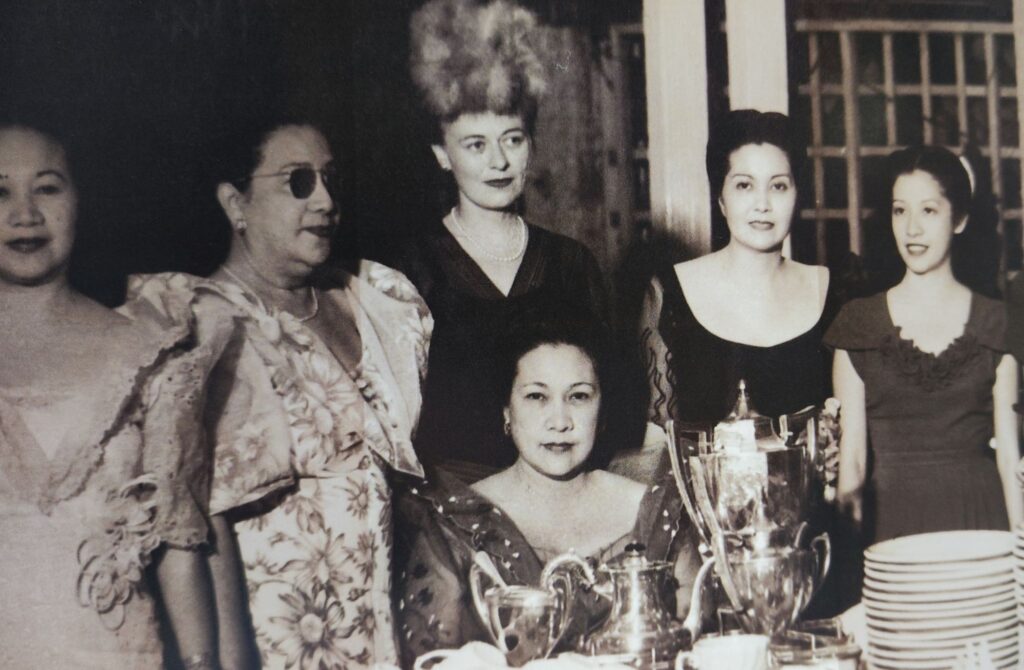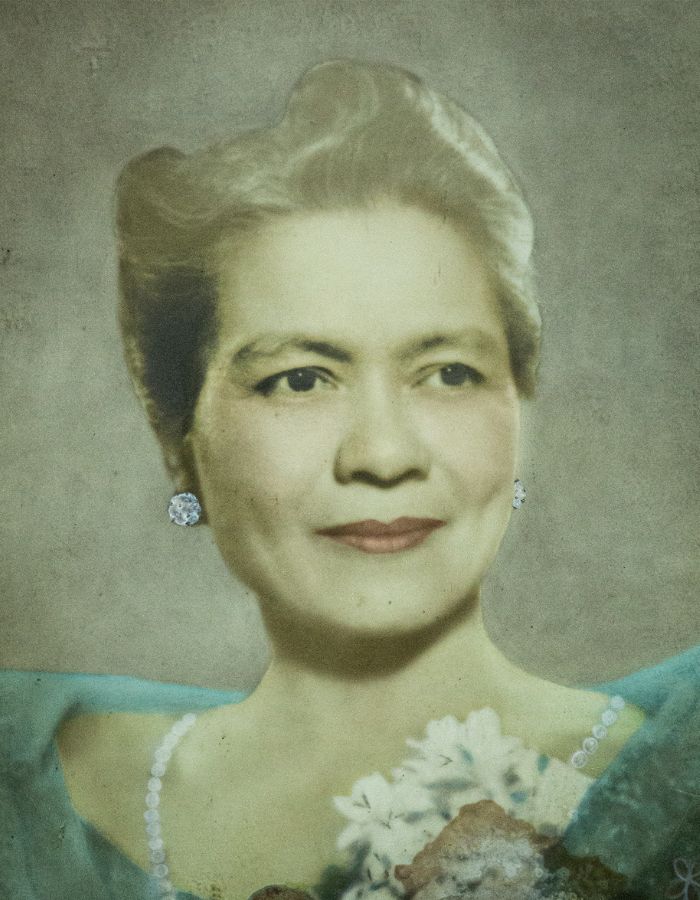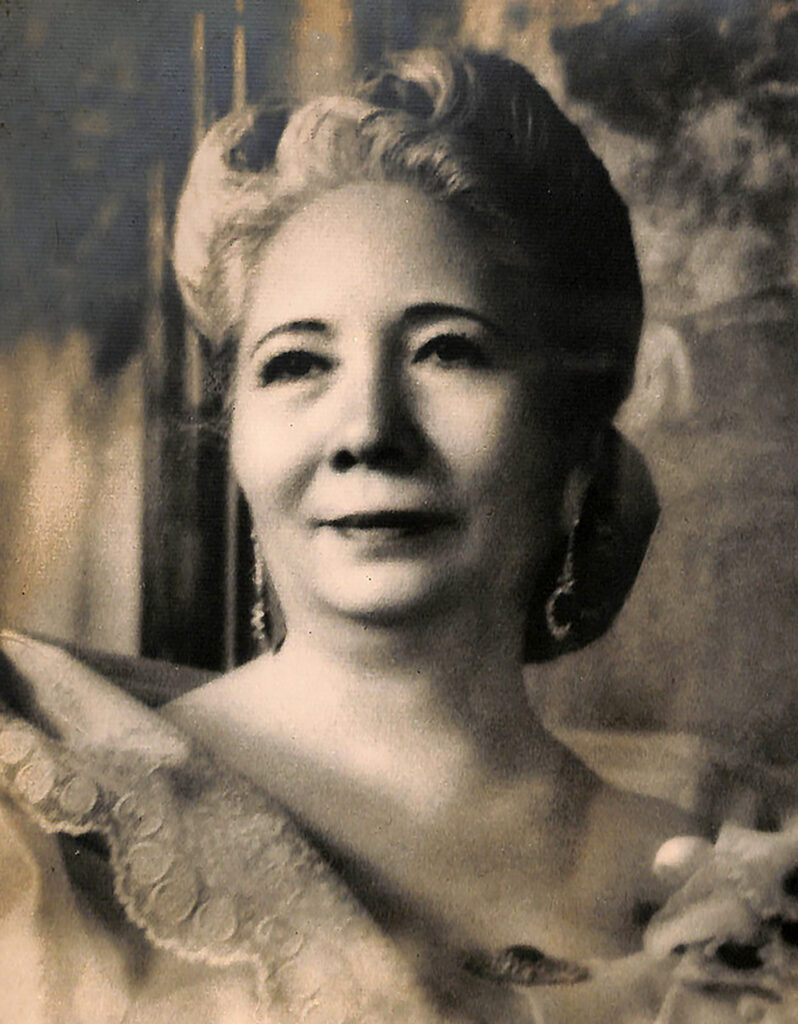The Philippine Suffragettes
Pioneering clubwomen who were ahead of their time and ahead of other democratic establishment around the world.
Education as the Foundation
It was during the first decades of American occupation that intellectual training and education of Filipino women began. A series of American colonial interventions and private initiatives fermented the intellectual energies of Filipino women. This began with the pensionadas – women scholars who after obtaining their education and training began to make a name for themselves in their chosen education fields. It would be this same intellectual foundation that would shape the future direction of what would come to be the National Federation of Women’s Clubs of the Philippines.

The Asociacion Feminista Filipino
Established on June 3, 1905 by Concepcion Felix Calderon - it would become the first feminist movement in the Philippines. With its first members including Trinidad Rizal, sister of National Hero Jose Rizal; Sofia Reyes (later, de Veyra); Maria Arevalo; Librada Aveliono; and other notable Filipino women of that time, the Asociacion pioneered the improvement of the working conditions of women and minors in shop and factories. They paved the way too for the inclusion of women in lecture-series and conferences, and advocated for religious instructions in schools and factories.
The Manila Women's Club
In 1912, American women leaders went to other countries to bring the message of political reforms for the advancement of women. In the Philippines, the pioneer was Mrs. Carrie Chapman Catt, president of the International Women Suffrage Alliance and acknowledged champion of the women suffrage movement. While Mrs. Catt's message was lukewarmly received by Filipino women who were mostly ill-prepared to tackle issues of women's right to vote at that time, notable women including the mother in law of the future Governor General William Forbes, decided to establish a club naming it first the Society for the Advancement of Women, later, Manila Women's Club.
The Effects of the First World War
The victory of the Democratic Party in the 1912 US Presidential elections gave women in the Philippines the needed impetus for their social and political involvement in the country's development. Women's involvement would escalate as talk of a great war in Europe spurred women action. From 1916 to 1919, the Manila Women's Club's Provincial Extension Committee feverishly visited provinces for the intensification of food production and conservation and the instructions of women in sanitation, nutrition, and the care for children while collaborating with the colonial government to support the US Army in the war zones.

Women's clubs throughout the country are enriching the lives of many women and giving them something to do, as well as giving them knowledge of what other women are doing. The influence of the clubs was far reaching and often immediately effective, exerting influence for good, even over erring politicians and public servants in government.
Mrs. Margaret Wrentmore
The Campaign for Women's Suffrage
Between the NFWC’s establishment and institutional growth and consolidation and the eventual road towards demanding women’s right to vote were laborious yet rewarding work that saw the women’s clubs organizing the first puericulture centers, nurseries and day-cares, and publishing a women’s magazine – the Women’s Home Journal. Across these momentous tasks, figures of women leadership emerged who would later on take the cudgels for leading the political advocacy.

Sofia de Veyra
A native of Iloilo Province, she married Leyte Governor Jaime C. de Veyra in 1907. Upon returning from the United States where her husband served as Philippine Resident Commissioner for a time, Mrs. de Veyra served as dean of the Home Economics Department of the Centro Escolar de Senoritas and then as its vice-president. During the NFWC 1923 convention, Mrs. de Veyra advocated for women’s suffrage. They held public meetings, mass rallies and speeches, and issued propaganda articles amid the formidable opposition of some male legislators.

Pilar Hidalgo Lim
Born to the family of Don Luis Hidalgo and Doña Eulalia Lardizabal of Marinduque, Mrs. Pilar Hidalgo Lim was the first Filipino woman to graduate with a degree of Bachelor of Arts from the University of the Philippines, cum laude. She married Vicente Lim – the first Filipino graduate from West Point, USA. During her presidency of the NFWC, women’s clubs multiplied in numbers across Philippine provinces and the NFWC engaged in nurseries, soup kitchens, and youth development activities that would help in strengthening the campaign for suffrage.

Doña Aurora Quezon
President Manuel Quezon could be credited with engaging women to claim their right to suffrage when he placed this as one of the three priorities of his government. It was also Quezon who challenged women leaders in 1936 to work for the success of the plebiscite for the new Constitution because if the women fail to take advantage of this opportunity, they never will perhaps have the right of suffrage. As presidential spouse, it was natural that women leaders at that time congregated around Doña Aurora who wholeheartedly supported clubwomen activities.
